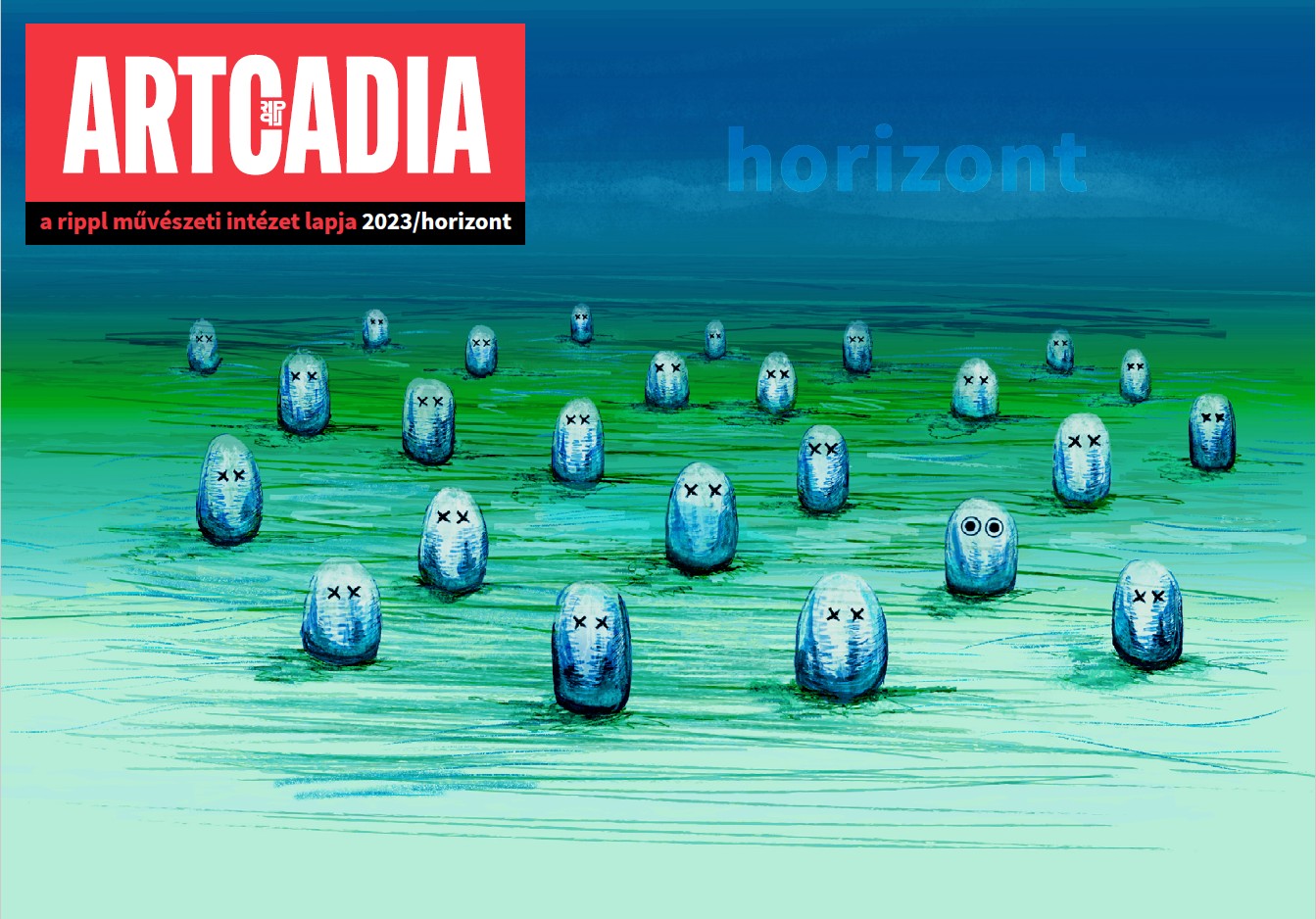CULTURE. The Landscape as Biological and Social Living Space, 2013
DOI:
https://doi.org/10.57021/artcadia.4988Keywords:
culture, landscape, nature, representation, philosophyAbstract
This excerpt from the DLA dissertation of Mária Pecsics places her CULTURA photo series in a broader philosophical context. The first chapter traces the historically changing definition of landscape and points out that this term that is differentiated from Nature is a philosophical creation. The second section examines the connoted cultural meanings of the seemingly objective approaches of sciences. It shows our relationship to the environment and how this defines individual and community consciousness through the myths and the different nuances of the term ‘landscape’ in different languages. The third part focuses on representations of landscape and the tools as products of human culture (from maps to satellite imagery) that complement our perception and spatial orientation. These utensils help domesticate nature while reshaping humankind.
References
Alberti, Leon Battista. A festészetről / Della Pictura (1436). Ford. Hajnóczi Gábor. Budapest: Balassi, 1997.
Augustinus, Aurelius. Szent Ágoston Vallomásai. Ford. Dr. Vass József. Budapest: Szent István Társulat, 1995. https://mek.oszk.hu/04100/04187/
Bán András és Beke László szerk. Fotóelméleti Szöveggyűjtemény. Ford. Wessely Anna. Budapest: Enciklopédia, 1997.
Baumgarten, Alexander Gottlieb. Esztétika. Ford. Bolonyai Gábor. Budapest: Atlantisz, 1999.
Crary, Jonathan. A megfigyelő módszerei / Látás és modernitás a 19. században. Ford. Lukács Ágnes. Budapest: Osiris, 1999.
Dexler Dóra. Táj és tájértékelés. Budapest: BKÁE-TK. Tájtervezési és területfejlesztési Tanszék, 2004.
Dexler Dóra. Táj és tájértelmezés - módszertani javaslat az európai tájfelfogások kultúrtörténeti kutatásához. Lehrstuhl für Landschaftsökologie. München: Technische Universitat, 2002.
Diderot, Denis. „Értekezés a festőművészetről” (Essai sur la peinture, 1759). In Diderot válogatott filozófiai művei II. Ford. Alexander Bernát, 134–192. Budapest, Franklin Társulat, 1915.
Hommeyer, G. Heinrich. Beiträge zur Militair-Geographie der Europäischen Staaten. Breslau: Korn, 1805.
Hugo, Victor. A tenger munkásai. Ford. Lontay László. Budapest: Európa, 1866.
Humboldt, Alexander von. Kosmos, Entwurf einer physischen Weltbeschreibung. Stuttgart: J. G. Cotta'scher Verlag, 1845–58. https://publikationen.ub.uni-frankfurt.de/opus4/frontdoor/deliver/index/docId/9292/file/humboldt--kosmos--band1_high.pdf.
Kant, Immanuel. Az ítélőerő kritikája (1790). Ford. Hermann István. Budapest: Akadémiai kiadó, 1966.
Kardos Tibor, szerk. Petrarca levelei. Szemelvények Petrarca leveleiből. Ford. Kardos Tibor. Budapest: Gondolat, 1962.
Kumar, Satish. „Az ökológia elemei.” In Harmadik part. Ford. Faludi Erika. https://www.bocs.hu/3part/kumar-17.htm.
Livius, Titus. A római nép története a város alapításától. Ford. Kiss Ferencné, Muraközy Gyula. Budapest: Európa, 1982.
Loran, Erle. Cézanne’s Composition. Analysis of His Form with Diagrams and Photographs of His Motifs. Berkeley-Los Angeles: University of California Press, 1943 https://doi.org/10.1525/9780520322202
Lovelock, James. Gaia. The Practical Science of Planetary Medicine. London, Stroud: Gaia Books, 1997.
Ritter, Joachim. „A táj. Az esztétikum funkciója a modern társadalomban.” In Joachim Ritter, Szubjektivitás. Válogatott tanulmányok. Ford. Papp Zoltán, 113–143. Budapest: Atlantisz, 2007.
Simmel, Georg. „A táj filozófiája.” in Georg Simmel. Velence, Firenze, Róma, Művészetelméleti írások. Ford. Berényi Gábor, 99–111. Budapest: Atlantisz, 1990.
Teleki Pál. A gazdasági élet földrajzi alapjai I-II. Budapest: Centrum, 1936.
Troll, Carl. „Die geographische Landschaft und ihre Erforschung.” In.: Studium Generale, 3. évf., 1950 április, 163–181. https://doi.org/10.1007/978-3-662-38240-0_20
Downloads
Published
Issue
Section
License
Copyright (c) 2023 Pecsics Mária

This work is licensed under a Creative Commons Attribution-NonCommercial-NoDerivatives 4.0 International License.


